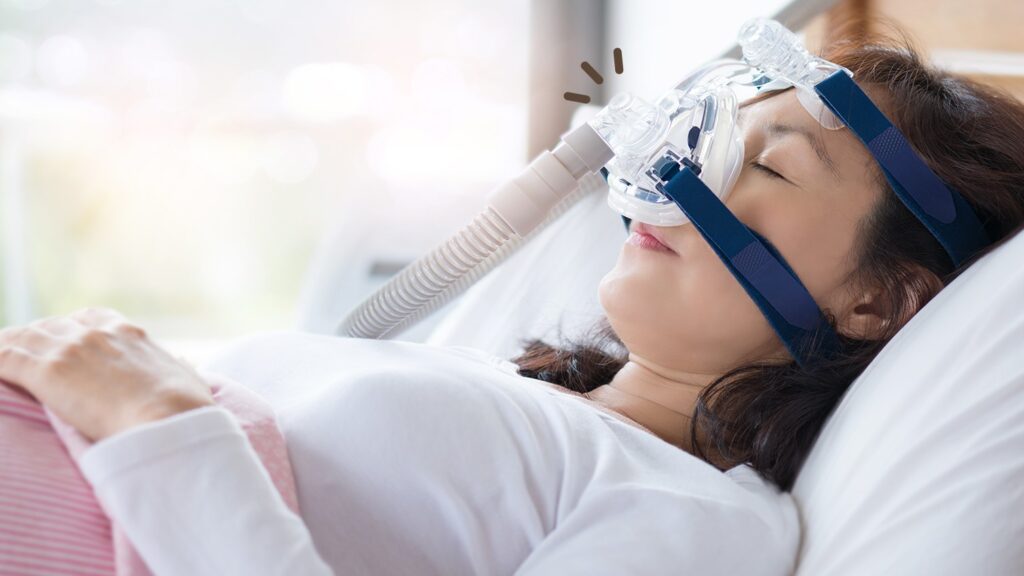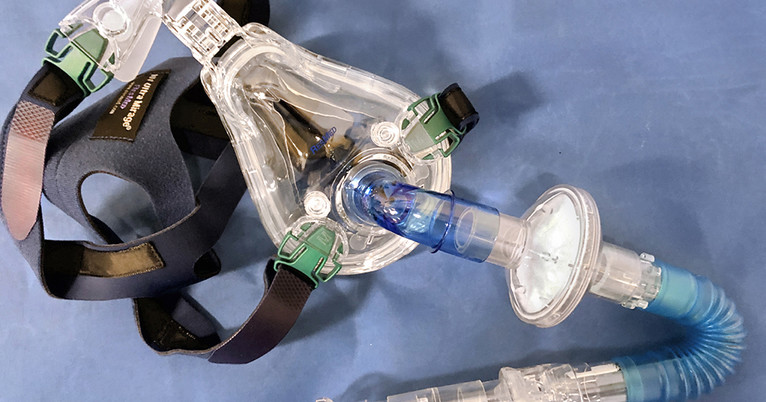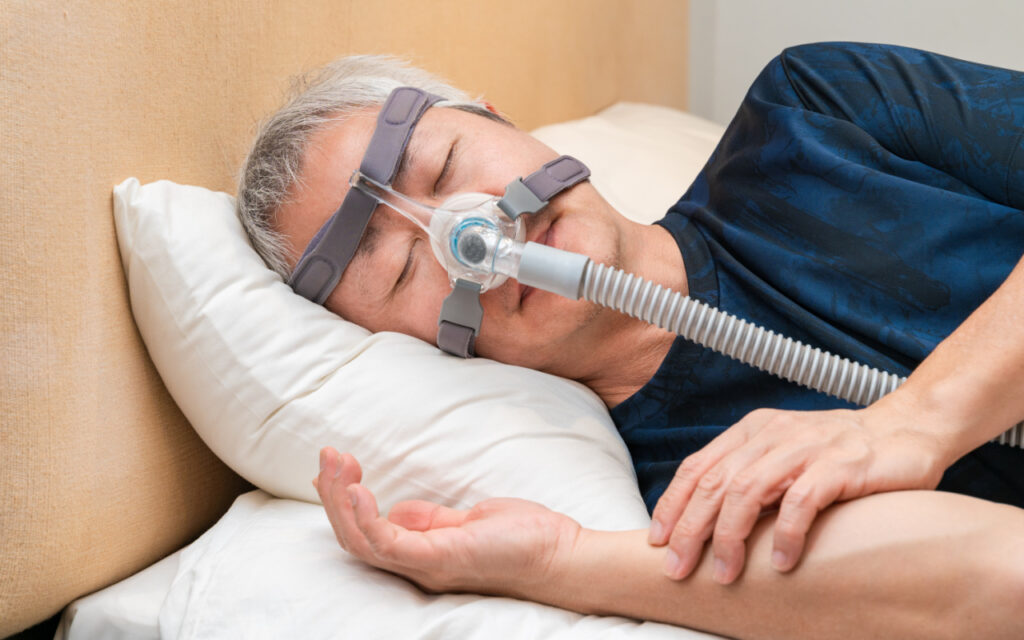Millions of Australians suffer from sleep apnea, a breathing problem that is often treated with a continuous positive airway pressure (CPAP) machine. Many people think CPAP users must sleep on their backs because a mask is too large for them to comfortably sleep on their side or stomach while receiving CPAP therapy. CPAP masks come in a variety of styles, some of which are thicker than others. Some CPAP users are required to wear a certain kind of mask, but others are allowed to choose a mask depending on their preferred sleeping position.
When selecting a CPAP mask, it is critical to heed the recommendations of your sleep expert. Speak to them to find out whether your chosen alternative could work for you before switching mask kinds. Not all mask types are suitable for all CPAP users, and each kind of mask has a certain form for a purpose.
The Best CPAP Mask for Your Sleep Position
The full-face, nasal, and nasal pillow cpap masks are the three most often used CPAP mask types. Nasal CPAP masks just cover the nose, whereas full-face masks cover the lips as well, making them the bulkiest option. The least intrusive masks are nasal pillow masks, which cover just the nostrils and lack a hard shell.
Aside from being unpleasant, sleeping in a position that pushes on the CPAP mask might reduce the effectiveness of your therapy. CPAP masks need a tight seal to prevent air leakage. The headgear for a CPAP mask may also disrupt sleep, especially if it has rigid anchor straps or harsh plastic buckles. You should think about the mask’s footprint, including its length, breadth, and depth, as well as where the headgear will lay on your face when selecting a CPAP mask. Finding a mask that is both functional and pleasant for sleeping is the objective.
Related: These CPAP machine tips will help you thrive with better

CPAP Masks for side sleepers
One of the finest sleeping positions for treating sleep apnea is on your side because it prevents gravity from affecting your airway the way it does when you’re on your back or stomach. Unfortunately, it may be challenging for side sleepers to locate the ideal CPAP mask.
For side sleepers who can handle them, nasal pillow masks are a wonderful alternative because of how high they lay above the cushion. Although some side sleepers may tilt their faces toward the cushion, nasal pillow masks often maintain their seal even in these situations. Another solution that works well for many side sleepers are nasal masks, which partially or completely enclose the nose. The most effective types include soft, adjustable headgear and great sealing. However, side sleepers may still need a CPAP-friendly cushion to support the thickness of even a nasal mask since these features do nothing to stop air leakage.
CPAP masks for back sleepers
Back sleeping CPAP users enjoy a wide range of mask options since even full-face CPAP masks fit well in this position. Although sleeping on your back may be ideal if you wear a CPAP mask, doing so might lead to airway collapse because of gravity. You will probably feel at ease using any mask that is efficient and meets your other demands if your doctor is aware that you sleep on your back and has not advised you to switch positions. CPAP Masks for Back Sleepers The posture also makes it difficult to remove your mask, while some back sleepers may trouble with single-strap headgear.
The least common sleeping position is on the stomach, and those who do have special considerations when selecting a CPAP mask. Most CPAP masks push onto the face because of the location, which is uncomfortable and often results in air leakage. Your head may be forced into a posture that puts stress on your neck and might result in discomfort or stiffness the following day, depending on the size of your mask.
Due to these reasons, the majority of individuals can only sleep on their stomachs while using a nasal pillow mask. Because of their modest profile, nose pillows are perfect for this as they won’t likely grow uncomfortable or become dislodged no matter how you sleep. Even those who use nasal pillow CPAP masks should check that their real pillows can accept the mask. Some masks also include tubes placed around the temples, which, depending on your posture and the hardness of your pillow, may result in air obstruction.

What stores sell CPAP masks?
Like CPAP devices, CPAP masks need a prescription. Despite this, there are several places you may get a CPAP mask. Online stores still need a prescription, which is often verified by having you upload or fax the prescription to the store. You may make your purchase as soon as your prescription is accepted.
The finest CPAP machines and masks are often available from online vendors, but physical medical supply stores are also popular choices and can be more practical if you need a mask right away. Finally, a small selection of CPAP masks is sold by a lot of sleep clinics and experts. Although their costs are often higher, buying via your sleep expert enables them to better monitor your care.
Making Use of a CPAP Pillow to Improve Mask Fit
Not all CPAP users are able to utilize all CPAP mask styles, therefore you should choose your CPAP mask based on your sleep specialist’s recommendations. A CPAP cushion may provide a solution if the mask you must wear prevents you from sleeping in your preferred posture. Despite sleeping on your side, these pillows are better contoured than a regular pillow to support CPAP masks, especially thicker ones. Depending on the type, they could also provide better cervical support to prevent mask dislodging or neck strain.
Final thoughts
A doctor must write a prescription for CPAP treatment. A physician or sleep expert may provide assistance in device selection, pressure level determination, setting suggestions, and mask recommendation. Patients may express any preferences they may have about certain parts of their CPAP setup, including the mask, throughout this phase.
It is crucial to be in constant communication with the doctor about any issues or difficulties that develop after starting CPAP treatment. In many instances, the physician may provide recommendations for ways to handle or get around challenges so that the device can be used every night to cure sleep apnea.
Patients should keep seeing their doctor periodically to discuss how their CPAP masks therapy is doing and to bring up any new problems that may have arisen. In order to check that the mask and device are operating correctly and to assess how well the therapy is working, the doctor may utilize data gathered by the CPAP masks.

